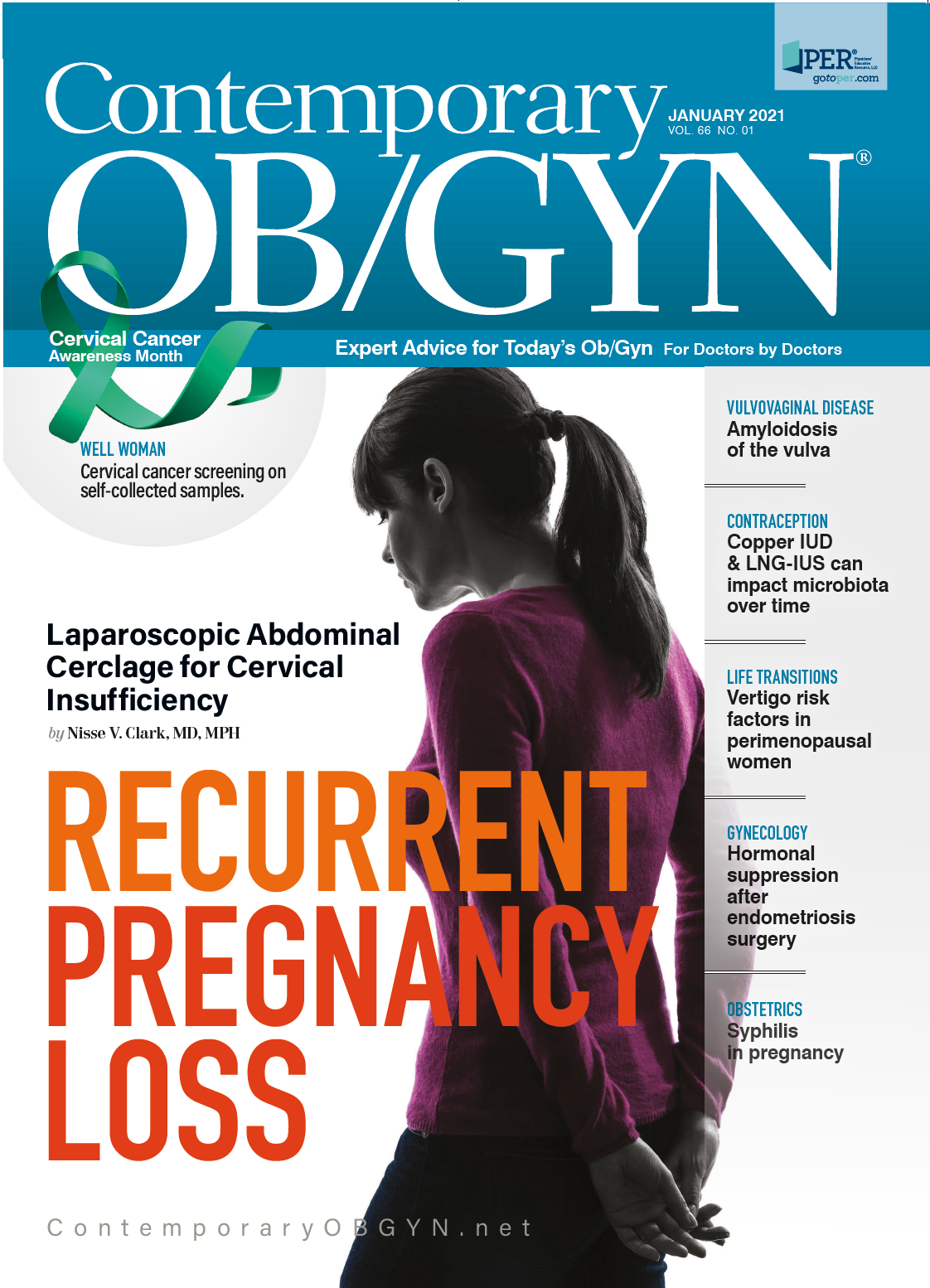Vigilance is key: Syphilis spreads amidst pandemic
With the beginning of 2021, we are eager for a resolution to the pandemic.
Although reductions in transmission are evident with social distancing, the optimal methods to make social distancing attractive and feasible remain elusive. Research to explain the underlying mechanisms of differing rates and severity of infection in different populations is sorely needed – both for medical importance and to provide a rationale the public needs to continue social distancing.
Given the duration of the SARS-CoV-2 (COVID-19) pandemic, continued isolation and social distancing coupled with different infection rates and severity of illness have stymied universal adaptation of social isolation.
Although the promise of vaccines is encouraging, it will be critical to maintain our vigilance in hygiene, masking, social distancing, and infection control as vaccines are administered. Equally critical is the education about the vaccine to facilitate uptake.
Figure 1. COVID-19: New cases and deaths in the U.S.

Data from CDC COVID-19 Data Tracker
Ob/gyns have a robust history treating numerous infectious diseases, from smallpox to now COVID-19 – characterized by outbreaks followed by intensive health department measures to identify new infections and trace potential exposures.
Pregnancy affords a unique time period for identification and treatment of illness. In addition, pregnancy has the unique concern of vertical transmission to the fetus, with potential concerns for fetal development. Although to date COVID-19 infection in pregnancy has not resulted in demonstrable fetal effects, vertical transmission has been documented.
In this issue of Contemporary OB/GYN®, we provide guidance on another infectious disease that has been making a comeback in recent years: syphilis. Although once truly nearing elimination in the U.S., it has again become a rising concern for obstetricians.
As expertly outlined by Emily Adhikari, MD, all pregnant women should be screened, and for those at high risk, repeat screening in the third trimester and at delivery is recommended. Although there are clinical signs and symptoms in some women, typically diagnosis is initially made via serologic tests. Syphilis progresses across a course – including primary, secondary, latent, and finally, tertiary syphilis— if untreated.
Importantly, vertical transmission is possible and may manifest in utero or after delivery as early or late congenital syphilis.
Figure 2. Primary and Secondary Syphilis in reproductive age women and congenital syphilis in the U.S.

Data from CDC Pregnancy and HIV, Viral Hepatitis, STD, & TB Prevention
Importantly, the testing paradigms for syphilis have changed, and it is critical to understand the method your laboratory is using.
Traditional testing—what I am most familiar with— is the initial nontreponemal test (the RPR) followed by the confirmatory treponemal-specific test. This is in contrast to the reverse sequence algorithm, which starts with a treponemal antibody test. High throughput labs are moving to this reverse screening sequence, as it affords a higher volume and more cost-effective throughput.
However, the interpretation and additional studies require an understanding of whether the patient was previously diagnosed, using which test, and treated, as outlined by Adhikari.
Infectious diseases stimulate us as physicians to think broadly, identify sources, sleuth answers, and create algorithms to mitigate their spread. As we tackle COVID-19 it is imperative that we do not allow more familiar infectious conditions to take an insidious grip on our patients.

FDA grants 510(k) clearance to cobas liat STI multiplex assay panels
Published: January 22nd 2025 | Updated: January 22nd 2025The new panels, leveraging rapid polymerase chain reaction technology, allow point of care sexually transmitted infection diagnosis in 20 minutes, enhancing targeted treatment and reducing follow-up losses.
Read More
Study finds lack of testing for gonorrhea, chlamydia during pregnancy
August 15th 2024Adherence to guideline-based laboratory testing and treatment of chlamydia and gonorrhea in pregnant women has been found to be suboptimal in the United States, indicating the potential for negative effects on newborn and maternal health.
Read More
